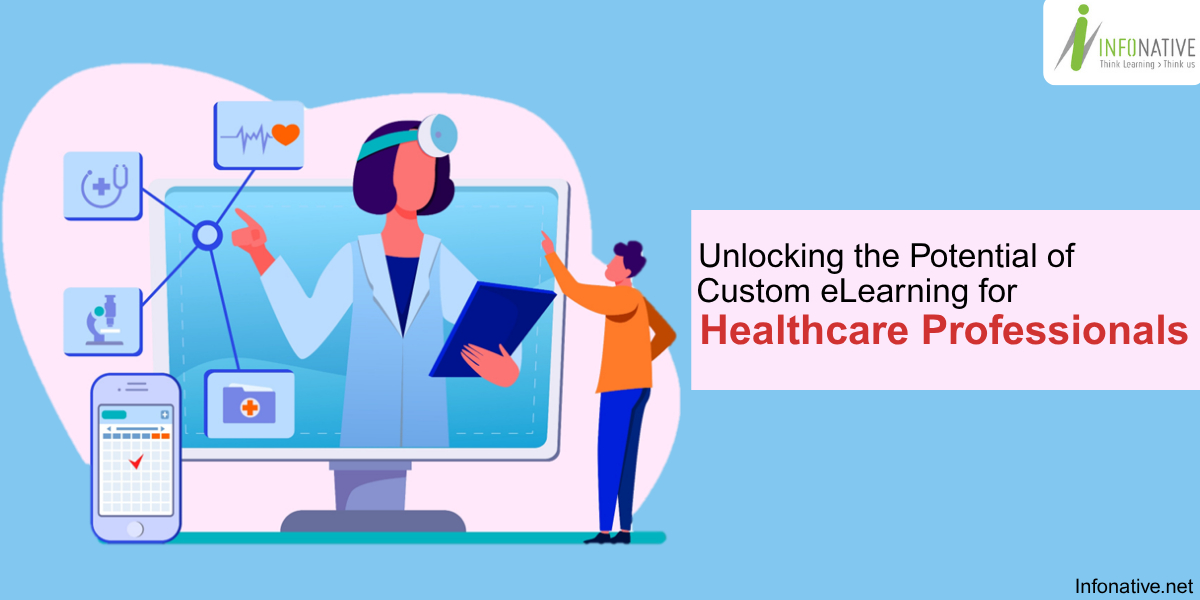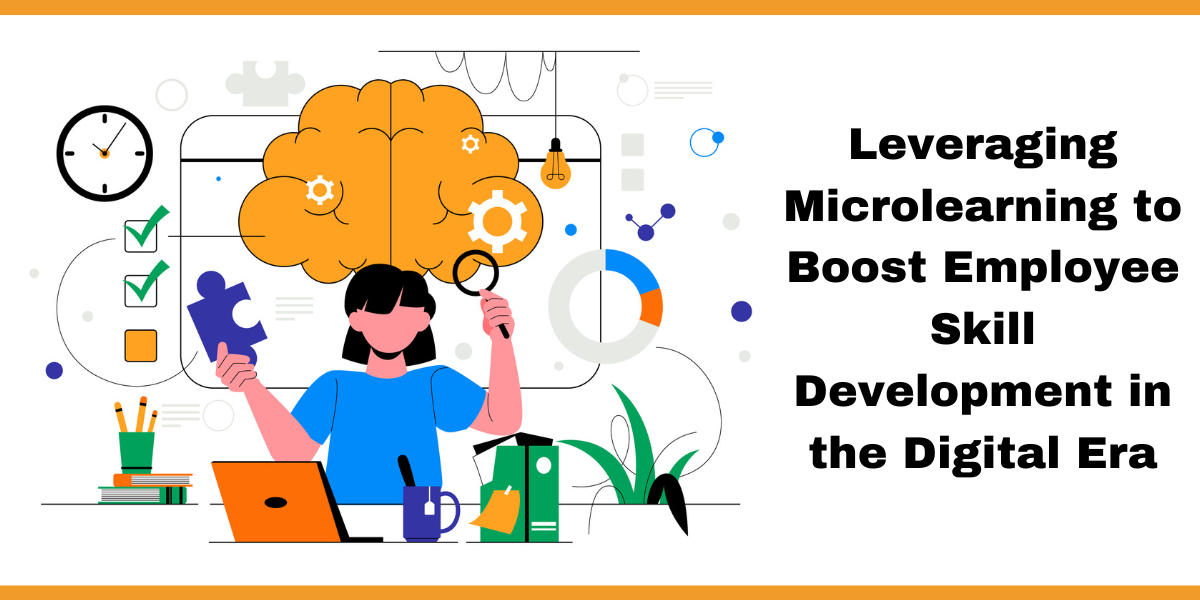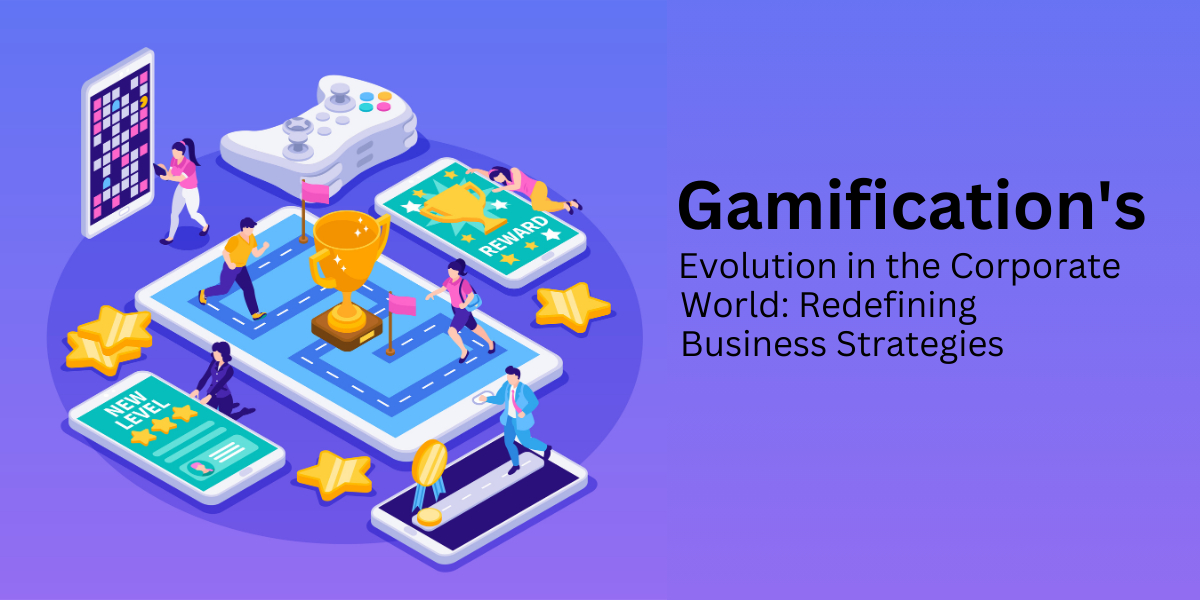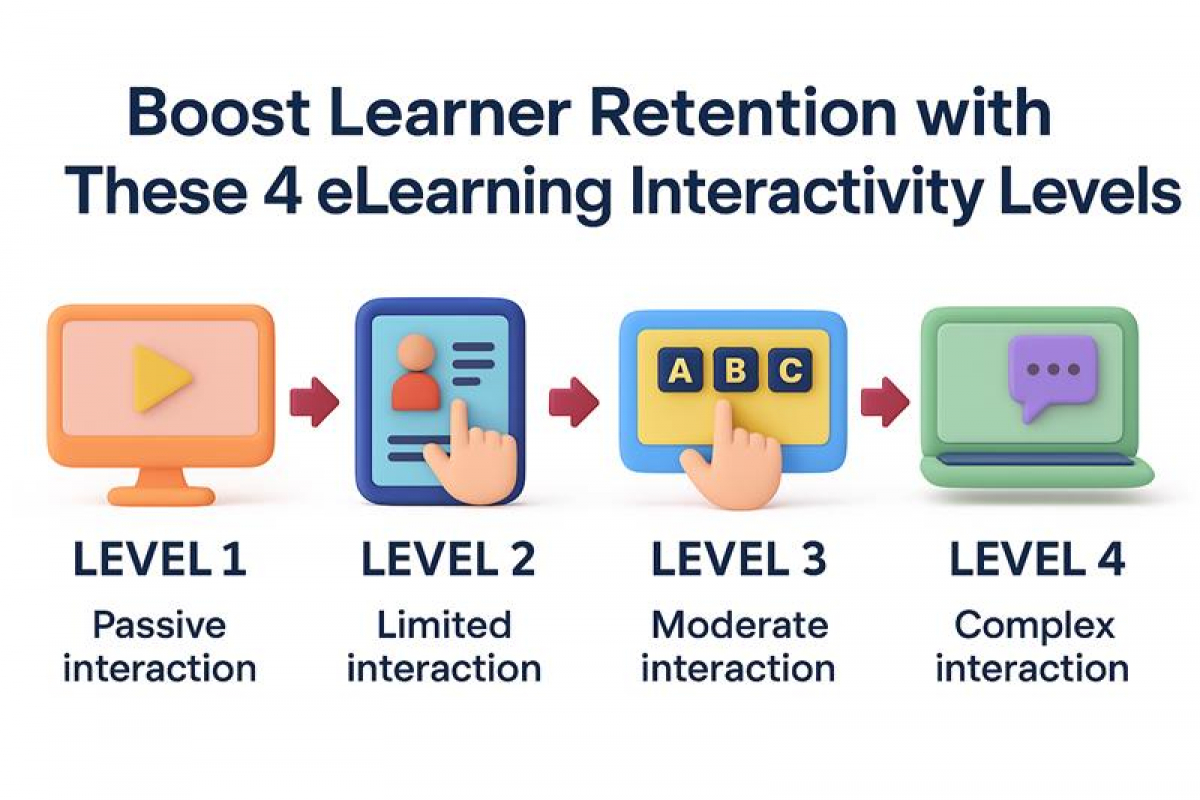The healthcare industry is constantly evolving, with new technologies, updated protocols, and ever-changing regulations keep professionals on their toes. Traditional training methods just can’t keep up. That’s where custom eLearning steps in to revolutionise the way healthcare professionals learn, adapt, and grow. Let’s dive into how this powerful tool is transforming the healthcare learning landscape.
The Unique Demands of Healthcare Education
Complexity of Medical Knowledge
Healthcare education isn't your average onboarding; it’s high-stakes, detail-heavy, and life-impacting. Doctors, nurses, and allied health workers must absorb vast amounts of information and apply it with pinpoint accuracy.
Regulatory Compliance and Certifications
From HIPAA to OSHA, compliance training is non-negotiable. Missing a step here doesn’t just affect grades. It can result in lawsuits, fines, or worse, patient harm.
Time Constraints of Professionals
Between back-to-back patients, documentation, and emergencies, healthcare workers barely have time to breathe, let alone sit in a classroom. Learning must be flexible and accessible anytime, anywhere.
What is Custom eLearning?
Definition and Contrast with Off-the-Shelf Courses
Custom eLearning refers to training content specifically designed for a unique audience, in this case, healthcare professionals. Unlike pre-made courses that offer generic content, custom modules are tailored to specific needs, job roles, and organisational goals.
Components of Custom eLearning
• Personalised content
• Interactive multimedia
• Assessments aligned with job roles
• Integration with existing tech systems
Benefits of Custom eLearning for Healthcare Professionals
Personalised Learning Experiences
Custom eLearning meets individual learning styles, offering visual tools for surgeons or in-depth reading for pharmacists, ensuring every professional learns in the best way for them.
Flexibility and Accessibility
Healthcare workers can learn anytime during breaks, at home, or between shifts without strict schedules or commuting, making training fit smoothly into busy lives.
Better Retention and Engagement
Engaging content like interactive lessons, gamified quizzes, and practical case studies keeps learners interested and helps knowledge stay longer compared to traditional methods.
Scalability Across Departments
Custom eLearning easily adapts to all healthcare roles, from nurses to technicians, allowing one updated course to efficiently reach staff at multiple facilities.
Types of Custom eLearning Modules in Healthcare
Clinical Training Simulations
Interactive simulations let healthcare professionals safely practice procedures and decision-making skills in lifelike scenarios, improving accuracy and confidence without endangering actual patients.
Modules cover HIPAA regulations, infection control, and workplace safety, helping staff stay updated with legal standards and maintain certifications through consistent, accessible learning.
Soft Skills and Communication
Training develops essential interpersonal skills, such as empathy, teamwork, and stress management, which are critical for delivering compassionate, effective care in high-pressure healthcare settings.
Patient Care Procedures
Step-by-step modules teach proper techniques for wound care, injections, and equipment use, ensuring consistent, safe, and high-quality treatment across healthcare teams.
Instructional Design for Healthcare eLearning
Instructional Design for Healthcare eLearning
Effective healthcare eLearning starts with solid instructional design, ensuring training is engaging, relevant, and tailored to the unique needs of medical professionals.
Importance of Needs Analysis
Identifying knowledge gaps is essential. Understand what healthcare learners already know and determine what critical information they still need to perform effectively and safely.
Scenario-Based Learning
Immersive, real-world clinical scenarios help learners apply knowledge practically, making training more memorable, engaging, and directly applicable to their medical responsibilities.
Microlearning in Medical Education
Busy schedules demand brief content. Bite-sized modules like short videos or mini-quizzes deliver quick, focused learning that fits seamlessly into healthcare professionals’ routines.
Use of Multimedia and Interactivity
Interactive tools animations, simulations, and branching scenarios, transform passive lessons into dynamic experiences, encouraging critical thinking and real-time decision-making in medical contexts.
Technology in Custom Healthcare eLearning
Learning Management Systems (LMS)
LMS platforms simplify course delivery by tracking learner progress, managing certifications, and offering healthcare professionals centralised access to training and performance reports.
Augmented and Virtual Reality
AR and VR bring realistic, hands-on simulations for healthcare training, allowing learners to practice surgeries, procedures, and emergency scenarios in safe, immersive 3D environments.
Mobile-First Learning Design
Courses designed for mobile devices help busy healthcare professionals access training anytime, anywhere, supporting flexible, efficient, and responsive learning on the go.
AI and Adaptive Learning
AI-driven systems analyse user performance and personalise learning paths, ensuring healthcare learners focus on weak areas until they achieve full topic mastery.
Overcoming Challenges in Implementation
Resistance to Change
Introducing new technology can cause hesitation. Address this through targeted training, internal advocates, and clearly demonstrating how the change benefits daily workflows and outcomes.
Budget Constraints
While custom eLearning involves a higher initial investment, the long-term savings, improved efficiency, and measurable ROI make it a smart financial decision over time.
Maintaining Content Accuracy
Medical content evolves quickly. Keep courses up to date by regularly consulting Subject Matter Experts and updating materials to reflect the latest clinical standards and knowledge.
Case Studies and Success Stories
Hospital Onboarding Success
A regional hospital streamlined its onboarding process, cutting time by 40% after implementing customised eLearning modules tailored to specific roles and departmental needs.
Clinical Upskilling Programs
A network of nursing homes improved staff skill levels by 30% using engaging, interactive refresher courses that promoted continuous learning and professional growth.
Compliance Improvement Through eLearning
Within just 60 days, a major healthcare system of 5,000+ employees reached 98% completion in compliance training through scalable, targeted eLearning initiatives.
ROI of Custom eLearning in Healthcare
Cost-Benefit Analysis
While upfront costs exist, custom eLearning reduces ongoing expenses like instructor fees, employee travel, and time away from patient care duties.
Reduction in Errors and Improved Patient Outcomes
Properly trained healthcare professionals commit fewer errors, leading to enhanced treatment quality, increased patient satisfaction, and overall better health outcomes across the organisation.
Future Trends in Healthcare eLearning
Smart eLearning platforms will increasingly tailor content to individual learners, adjusting lessons in real-time based on responses, performance, and learning preferences.
Gamification in Medical Learning
Integrating elements like leaderboards, rewards, and badges will make medical training more engaging, motivating learners through fun, competitive experiences that reinforce knowledge retention.
Continuous Learning and Lifelong Development
As healthcare rapidly evolves, professionals must embrace ongoing education to stay current with new treatments, technologies, and protocols throughout their careers.
Conclusion
Custom eLearning isn’t just an option, it’s the future of healthcare training. It’s flexible, engaging, and built to meet the demanding, fast-paced, and ever-evolving needs of medical professionals. When lives are on the line, you can’t afford outdated learning. Embrace custom eLearning and empower your staff to be the best they can be anytime, anywhere.




